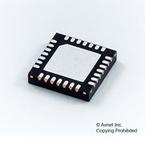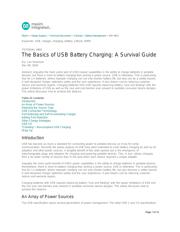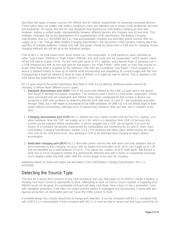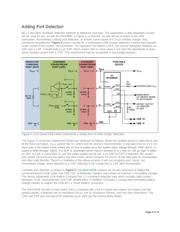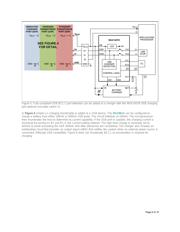下载

Maxim > Design Support > Technical Documents > Tutorials > Battery Management > APP 4803
Keywords: USB, charger, charging, battery, Lithium, NiMH
TUTORIAL 4803
The Basics of USB Battery Charging: A Survival Guide
By: Len Sherman
Dec 09, 2010
Abstract:
Arguably the
most useful part of USB's power capabilities is the ability to charge batteries in portable
devices, but there is more to battery charging than picking a power source, USB or otherwise. This is particularly
true for Li+ batteries, where improper charging can not only shorten battery life, but also can be a safety hazard.
A well-designed charger optimizes safety and the user experience. It also lowers cost by reducing customer
returns and warranty repairs. Charging batteries from USB requires balancing battery "care and feeding" with the
power limitations of USB as well as the size and cost barriers ever present in portable consumer device designs.
This article discusses how to achieve this balance.
Table of contents
Introduction
An Array of Power Sources
Detecting the Source Type
USB Connection Terminology
Port Detecting and Self-Enumerating Charger
Adding Port Detection
Other Charge Strategies
USB 3.0
"Cheating"—Noncompliant USB Charging
Wrap Up
Introduction
USB has become as much a standard for connecting power to portable devices as it has for serial
communication. Recently the power aspects of USB have been extended to cover battery charging as well as AC
adapters and other power sources. A tangible benefit of this wide-spread use is the emergence of
interchangeable plugs and adapters for charging and powering portable devices. This, in turn, allows charging
from a far wider variety of sources than in the past when each device required a unique adapter.
Arguably the most useful benefit of USB's power capabilities is the ability to charge batteries in portable devices.
Nonetheless, there is more to battery charging than picking a power source, USB or otherwise. This is particularly
true for Li+ batteries, where improper charging can not only shorten battery life, but also become a safety hazard.
A well-designed charger optimizes safety and the user experience. It also lowers cost by reducing customer
returns and warranty repairs.
Charging batteries with USB requires balancing battery "care and feeding" with the power limitations of USB and
the size and cost barriers ever present in portable consumer device designs. This article discusses how to
achieve this balance.
An Array of Power Sources
The USB specification spans several generations of power management. The initial USB 1 and 2.0 specifications
Page 1 of 15

